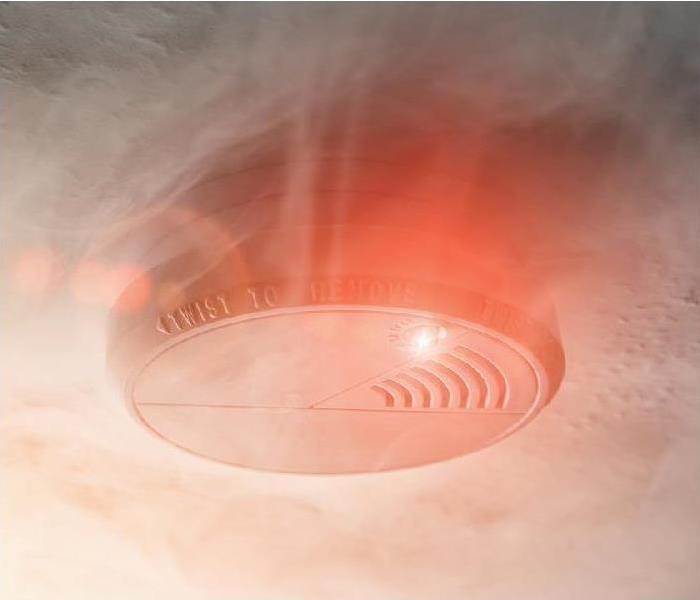How SERVPRO Removes Soot and Smoke Damage in Camillus
3/3/2020 (Permalink)
 Smoke and soot leave lingering damage. SERVPRO has the knowledge and equipment to completely restore your home.
Smoke and soot leave lingering damage. SERVPRO has the knowledge and equipment to completely restore your home.
Solutions When Fire Damage and Odor Linger in Camillus
The residues and smells from household fires are challenging to remove from your Camillus home. Conventional cleaning techniques are not always the best fit for a successful outcome and can make the situation worse in some instances. We invest in the Institute of Inspection, Cleaning and Restoration Certification (IICRC) training for our employees to ensure that the efforts we make to clear out soot and fire stench are appropriate and effective.
Evaluation of Residue Characteristics
Our project managers are experts in determining what types of fire residues and odors your Camillus home suffers. This step is crucial when developing a fire damage mitigation and remediation plan. Depending on the temperature and oxygen availability during the blaze, plus the composition of the materials burned, the residues generally can be characterized as dry, wet, or protein-based. The intensity and tenacity of odors also relate to these factors.
Selection of Effective Removal Products
The first steps SERVPRO takes to remove both fire residues and odors are the same. Our crews gather debris and rubble, containing it for disposal. Then we match soot types with the products we know clean best to clear them away. Dry soot vacuums and dry sponges away, while the sticky coating of wet soot often requires the addition of cleaning solutions with wetting agents and surfactants, loosening the soot and allowing it to suspend in the cleaning product for removal. The odor from a fire resides in the soot particles, so as the residues are lifted and suctioned up or wiped away, the smell lessens.
Protein-Based Residues Pose Particular Challenges
Many fires start in the kitchen, with the primary fuels being food and grease. The residues left are the dehydrated organic matter, very pungent, and tightly adhered to surfaces. SERVPRO uses solvents for this typically oiled-based soot and might need to include abrasive additives to the solvent or use abrasive tools to dislodge the malodorous soiling.
Additional Deodorization Strategies
If the debris removal and deep cleaning leave residual odors, SERVPRO has other options. We consider using thermal fogging to recreate the fire conditions. Deodorants combust and are dispersed, pairing with the smelly particles to neutralize them. Hydroxyl generators are another possibility, the radicals produced seeking out the airborne and settled soot particles. The soot particles found by the radicals convert to a non-malodorous state by chemical changes at the molecular level.
SERVPRO of SW Onondaga County has answers for challenging fire and odor issues. To transform your home to “Like it never even happened,” call us at (315) 488-3900.
More about Camillus.






 24/7 Emergency Service
24/7 Emergency Service